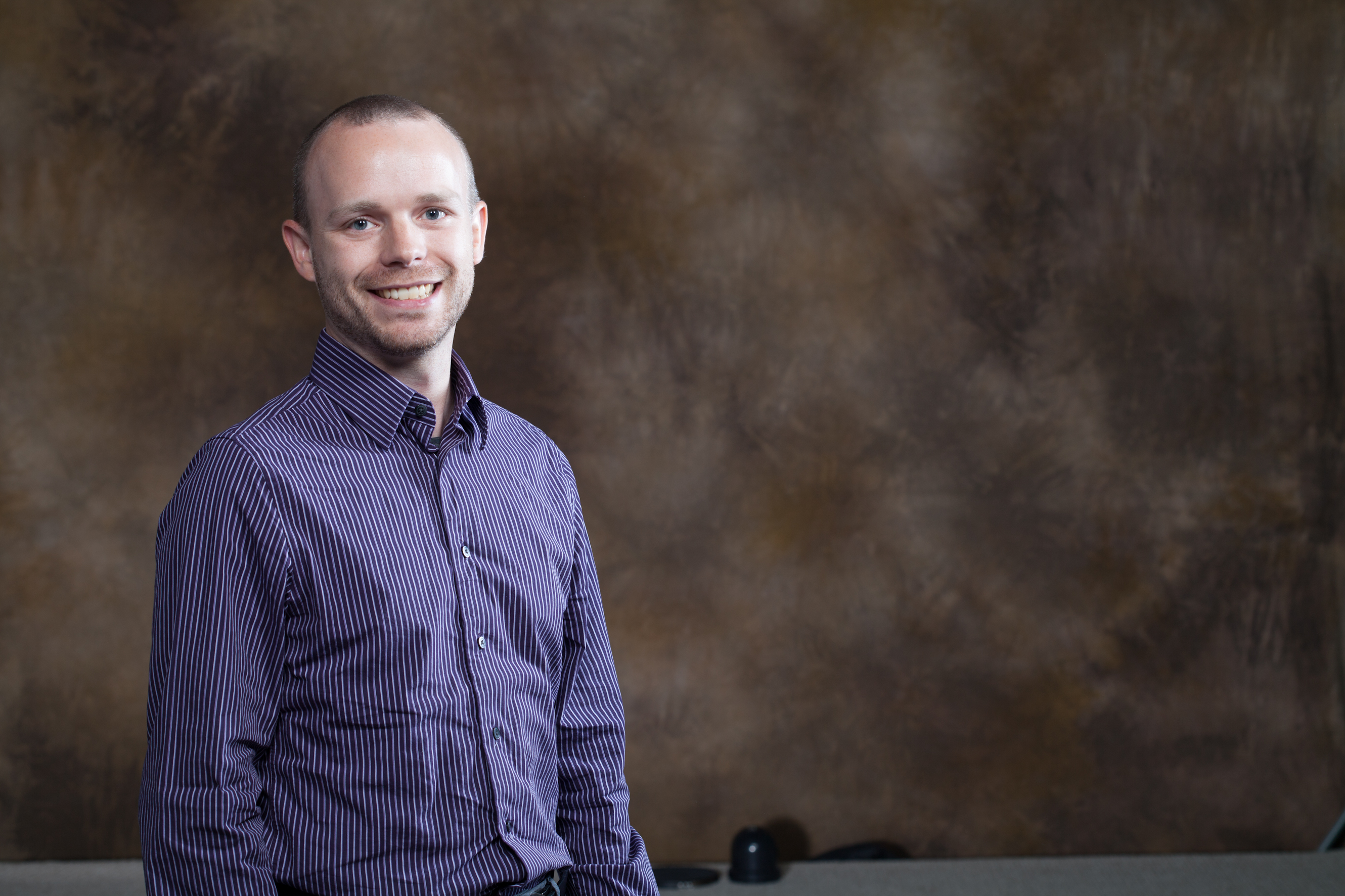
Timothy Muldoon looks at cancer in a different way. Using the latest imaging technology, this new assistant professor of biomedical engineering has a non-invasive method of looking at cells in the body. Combined with contrast agents, substances that help medical professionals differentiate between different kinds of tissues, this imaging technology could make it easier to diagnose, treat and monitor diseases like cancer. Muldoon plans to further develop these technologies with the goal of making them available to hospitals and medical clinics.
Muldoon, who holds both a medical degree and a doctorate in biomedical engineering, explained that currently, pathologists must use biopsied tissue to diagnose cancer, determine which treatment is appropriate, and monitor its progression. For example, if a doctor suspects a patient may be at risk of esophageal cancer, the physician can take a few samples from the esophagus and send them to the lab, where they are sliced and examined. However, the pathologist can only say for certain that there are no precancerous cells in those particular samples, leaving unexamined regions behind.
Using the technology Muldoon is working on, a physician could insert a thin fiber-optic microscope down the patient’s throat and look at all the cells in the esophageal wall. Suspicious tissues would show up as an especially thick cluster of cell nuclei. Muldoon explained that this technology would also be useful in monitoring treatments for breast cancer, colon cancer, inflammation, and other conditions.
Muldoon is also studying contrast agents, substances that help doctors more clearly interpret imaging results. Before a reflux test, for example, patients swallow barium, which, unlike stomach acid, is visible on an x-ray. Muldoon plans to investigate newer, more sophisticated optical contrast agents, which use nanotechnology to interact with cells in the body. These new chemicals could vastly improve medical imaging, but first, researchers must understand exactly where the chemicals travel in the body and what effects they might have.
Muldoon has an M.D. degree from Baylor College of Medicine, a doctorate in bioengineering from Rice University and a B.S. in biomedical engineering from Johns Hopkins University. He comes to Arkansas from Columbia University, where he was a postdoctoral research scientist. The University of Arkansas was his top choice among the jobs he applied for.
“I was impressed with the resources and the support the new department received,” Muldoon explained, adding that he looks forward to collaborating with other Arkansas faculty members, as well as with the University of Arkansas for Medical Sciences.
Contacts
Camilla Medders, director of communications
College of Engineering
479-575-5697, camillam@uark.edu